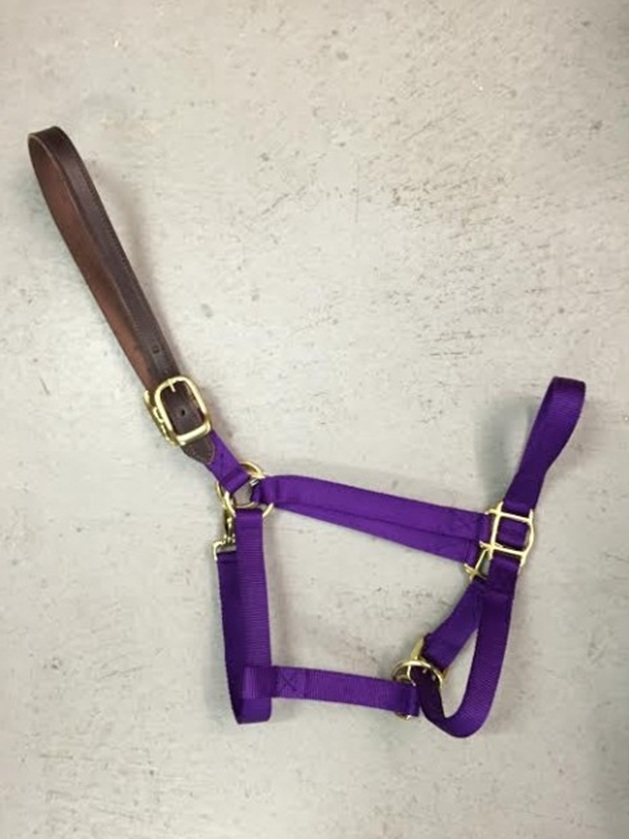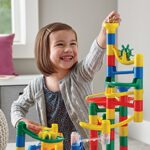When I first got into horse care, I’ll be honest: it was overwhelming. From saddles and feed to farrier schedules, it felt like there was always something I didn’t know yet. And for some reason, the humble halter tripped me up more than I expected. Should it be leather or nylon? Rope or padded? Breakaway or solid? Fast forward a few years (and a few halter mishaps later), and I’ve finally learned what really matters.
So if you’re looking to level up your horse care game or avoid the rookie mistakes I made, here’s my take on finding the right horse halter for comfort, durability, and peace of mind. Whether you’re wrangling a Percheron, leading a show pony, or anything in between, a well-chosen halter makes every daily task that little bit easier.
What Is a Halter Horse?

Let’s clear this one up, especially for folks newer to the scene. A halter horse can mean two different things depending on context. First and most commonly (and what this article will be all about), it refers to the physical adjustable horse halter—a piece of equipment used for handling a horse on the ground. Unlike a bridle, it doesn’t go in the mouth. It fits over the nose and behind the ears, letting you tie or lead safely.
But in show circuits (especially breed shows like AQHA), halter horse also refers to horses shown in-hand, judged on conformation and grooming while standing in a halter. I’ve seen some absolutely stunning halter classes where every detail counts, from polish on the hooves to the fit of the halter itself. So even outside of riding, the right gear matters.
What Should I Look For in a Halter Horse?
This is where my past mistakes turned into hard-earned knowledge. The three big things I always look for now are fit, material, and purpose:
- Fit is everything. A halter that’s too tight can rub raw spots behind the ears or across the nose, while one that’s too loose can slip off or tangle in a gate latch, don’t ask me how I know. Most halters these days come with adjustable crown and chin straps, which help get the right snug-but-not-tight fit. That’s especially important if you’re dealing with different breeds or hard-to-fit heads (shout-out to the draft horse folks!).
- Material-wise, leather is still my go-to for turnout and transport. Not only does it look sharp, but it’ll break under pressure in a panic, which is safer for everyone. Nylon halters are great for everyday barn use, and I like keeping a few rope halters around for groundwork. They’re light and handy, but best used by someone confident with their cues.
- Also, don’t forget the function. If you’re managing multiple horses, it makes sense to have different halters for different tasks, such as one for bathing, one for trailering, and a sturdy one that lives in the trailer. It’s a bit like rotating shoes: one size doesn’t fit every job.
What Is the Difference Between a Bridle and a Halter?
I remember mixing these two up early on, especially when I was still piecing together my tack room, so here’s some explanation:
- A halter is used for ground handling tasks like grooming, tying, leading, and veterinary examinations. There’s no bit involved, just pressure through the noseband and poll via the lead rope. It’s the thing you clip on before a walk around the paddock or when loading into a float.
- A bridle, on the other hand, is for riding or driving. It includes a bit (or sometimes a bitless setup) and reins to give you steering and braking while mounted. Bridles are more complex and have a snugger fit to keep the bit properly positioned. Realizing how many bridle styles are out there can be a real eye-opener.
What Is the Correct Way to Halter a Horse?
It might sound simple, but there’s a right way to halter, and more importantly, a safe way. Start from the side, not head-on. Let your horse see and hear you, then slip the noseband over their nose and bring the crownpiece behind their ears. Buckle or tie it comfortably—tight enough to stay put, but loose enough that you can slide two fingers between the halter and the skin.
Twisted straps or buckles digging into sensitive areas are a no-go. If you’re using a rope halter, tie the proper knot: one that’ll hold firm but also come undone when you need it to. Trust me, nothing’s worse than wrestling with a jammed rope knot in freezing weather. Whether heading to a farrier appointment or prepping for turnout, a properly fitted halter gives safe, respectful control.
Lead with Confidence: Choose the Halter That Works as Hard as You Do
Looking back, I wish I’d known earlier how important a good halter for horses is, not only for daily handling, but also for building trust with your horse. It’s not flashy gear, but it’s gear you use every single day. And if you’ve ever had a nylon halter snap mid-lead or spent weeks dealing with rub marks behind the ears, you’ll know exactly what I mean.
So take a moment to consider what your horse needs. Size, job, temperament—they all play a part. And if you’re kitting out a full tack setup, don’t forget to look into saddles and blankets while you’re at it. I promise, once you’ve got the right fit across the board, everything gets easier for you and your horse. Horse care isn’t always easy, but it does get better with time. And if I can pass along even a few tips to make the road smoother for fellow equine lovers, then all those early stumbles were worth it.


